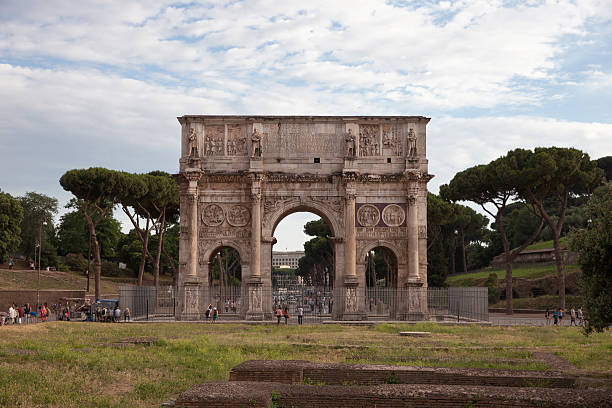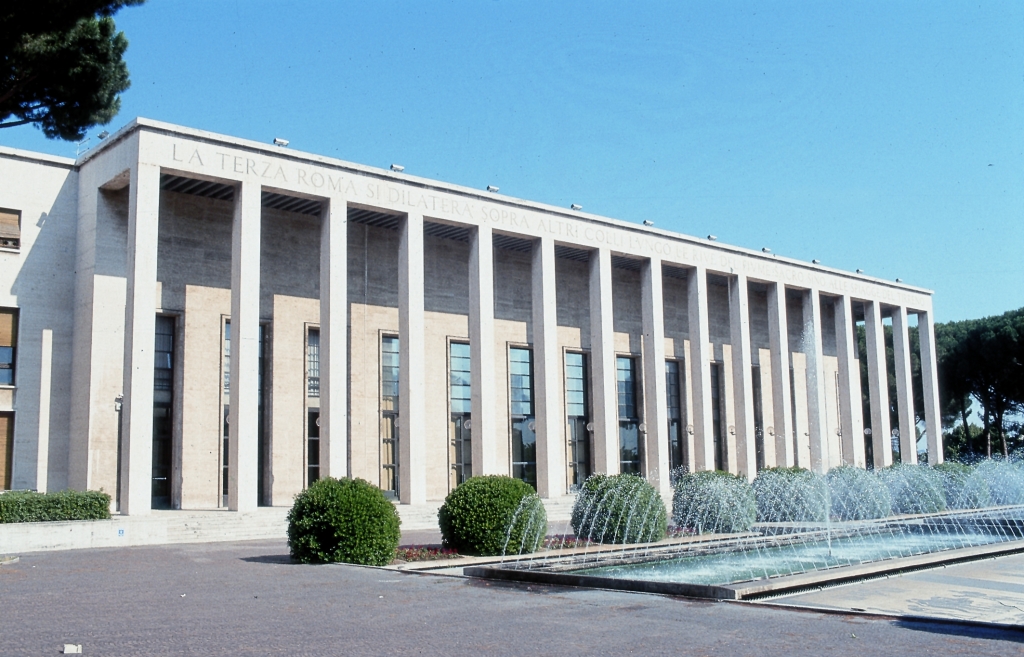Hi everyone, before reading the article take a glance at this video! Did you know that Washington DC and Rome are two very similar cities? Did you ever imagine that? Well today I’m here to highlight the common points of these two wonderful cities.
Washington DC, as Americans call it, was designed and built at the end of the 18th century exactly in 1791 as the New Rome.
CAPITAL HILL AND ST.PETER’S SQUARE
It is the administrative and monumental center, with a giant cross-shaped plan that collects all the most significant monuments of the city.
The National Mall located on Capitol Hill, or the Capitol, is the district of the political headquarters of the House of Representatives and the Senate. It was built in neoclassical style on the initiative of George Washington. In the oculus inside the dome, the Roman painter Constantino Brumidi, painted the huge Apotheosis of George Washington. Over time, the Roman painter became the official artist of the government, so that he was called the American Michelangelo.


St. Peter’s Square
At the center of the square there is a copy of the obelisk of the Vatican, called the Washington Monument, the tallest in the world (170 meters) designed to commemorate the first president of the United States, George Washington, the founding father, symbol of the entire nation. It is among the tallest masonry structures in the world and is the ninth tallest building in Washington.
This arrangement is the same as in St. Peter’s Square in Rome, where the obelisk stands in front of a giant dome. In fact, as Treccani states “For the building of the city, the Roman master plan was used, with straight streets cut at right angles.”
We can still find the same layout in other major cities such as Paris. In fact, in most cultures, the dome, as stated by Astrambiente, refers to the feminine principle, the womb, the matrix. Contrary to it is the obelisk, the ancient Egyptian phallic symbol that represents the male principle. The union of these two principles gives birth to a third subject, an offspring, which can be described as “spiritual energy”. Many argue that shapes such as pyramids, domes and arches can store, extract or spread energy in their surroundings. The theme of the union of the male and female principles is very common in occult architecture and is certainly the most easily recognized.
NATIONAL GALLERY AND JEFFERSON MEMORIAL
The Jefferson Memorial is part of the National Mall and was built in symmetry with the White House. The classical style building consists of a marble podium with circular steps, with a circular colonnade of Ionic order and is surmounted by a dome. Well what will it look like? Think again! U.S. architect John Russel Pope was inspired by the Pantheon in Rome.
Next on the National Mall, we find The National Gallery, also inspired by the Roman Pantheon, is one of the most important museums in the world. It consists of two different buildings the West Building, designed by architect John Russell Pope in 1940 and the East Building designed by architect I.M. Pei.
Two other buildings were inspired by the Pantheon such as the Great Hall of the University of Virginia in Charlottesville and its Villa at Monticello.



SUPREME COURT
The seat of the Supreme Court, built in 1935, faithfully copies Hadrian’s Temple at Piazza di Pietra in Rome’s Campo Marzio area. It was erected in 145 in honor of Emperor Hadrian.
In the 17th century, it was incorporated into a building constructed for the Vatican by Carlo Fontana; it is now the headquarters of the Rome Chamber of Commerce.


UNION STATION
Union Station is Washington’s main train station. Located in front of the Capitol and opened in 1908, it was designed to be the main access to the American capital. The project is inspired by the Arch of Constantine, but also by the vaults of the Baths of Diocletian, as well as the Basilica of Maxentius.


MADISON MEMORIAL BUILDING
The facade of the Madison Memorial Building resembles that of the Palazzo delle Fontane at EUR, designed by architect Gaetano Minnucci in 1940.


Palazzo delle Fontane
